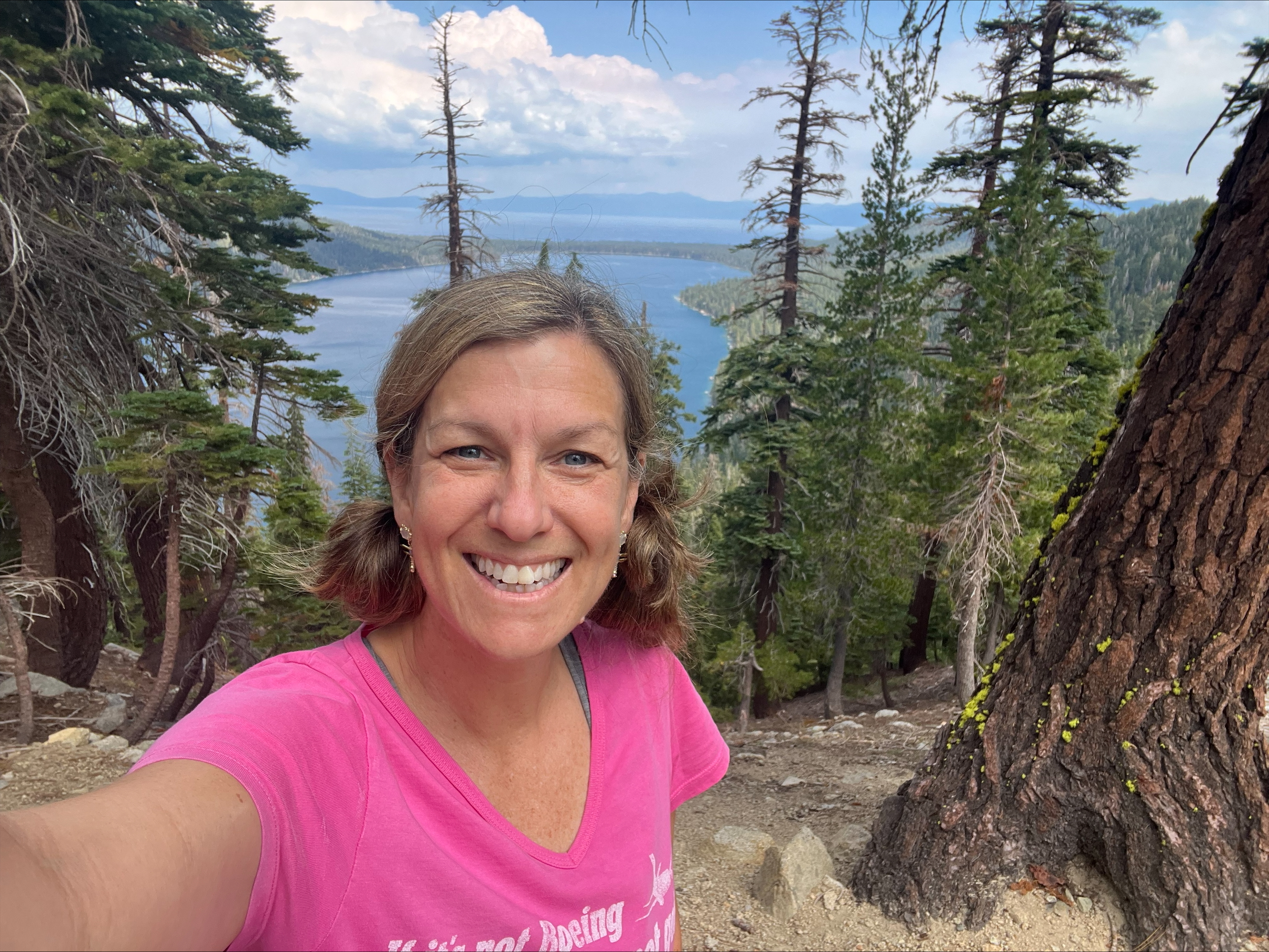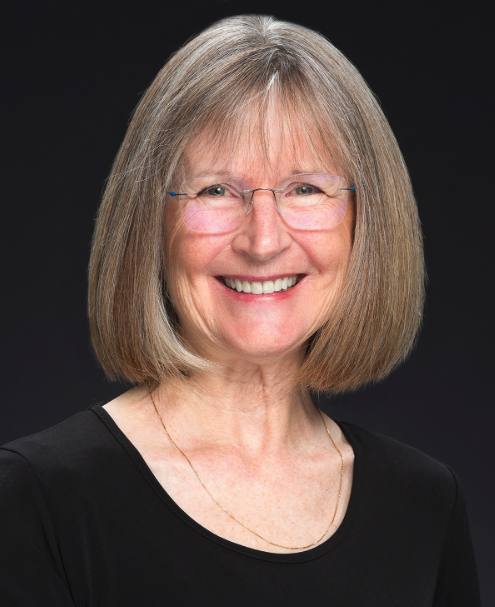For the past several summers, I’ve taken a yoga class with a number of my colleagues at Calvin. For the first few summers, we met in the middle of the day, but when our wonderful instructor got a new job, we had to move our class to 6:45 in the morning. No one was happy about this, but we all wanted to continue learning from Andre, so we resigned ourselves to attempting sun salutations and triangle poses when none of us is entirely conscious, let alone stretchy. Since I do not wake up until 7:30 a.m. no matter when I get out of bed, it now often seems as if yoga class occurs in a sort of dreamy haze.
Yesterday, when Andre asked if anyone wanted to work a particular body area for that day’s practice, someone said, “How about abs?” Oh brother, I thought. I hate working on abs. Ab stuff usually hurts. Andre explained that the best way to work on abs in yoga was to “engage your core” throughout the practice. So for the next 45 minutes, Andre kept saying things like “Now reverse swan dive and engage your core as you come up” and “Shift your weight to your left leg and engage your core as you lift the right leg.”
I don’t think I am very good at engaging my core. I guess it kind of means pulling in your stomach muscles (“navel to spine”), but when I’m balancing and folding and twisting I have other things to think about, especially at 6:52 in the morning. My core, I’m afraid, often remains rather unengaged.
I was thinking about this as I prepare to teach creative nonfiction and world literature again this fall. I love teaching both these courses because they constantly challenge me to be real with students and to draw them into a place where they can get past just doing assignments and jumping through hoops and actually engage with their education.
In world literature, we get to encounter ancient answers to the big questions of life: in Gilgamesh, The Odyssey, Dante’s Divine Comedy, Paradise Lost. The texts are tough going, but I want students to grapple with them anyway because, come on—when else in life will they have the opportunity to read this stuff and talk about it? This is the moment, people! Bring your deepest selves to these texts! Engage your core here!
In creative nonfiction, students have the chance to write with intense curiosity and feeling. You might think that twenty-year-olds haven’t lived much life and don’t have much to say yet, but that’s not true. This class is usually full of serious writers, and they know that good writing requires imagination, passion, and skill. They’re funny and thoughtful and often courageously honest. Sometimes I get to urge them to be braver in what they discover through their writing: “Why do you feel this way? Go there. Find out.” If we want readers to care about what we write—we know this, but it’s hard—we have to be engaging our core.
At Calvin, we call the required courses for all undergraduates “core.” Other schools have different names (gen-ed requirements, distribution requirements), but now that I think about it, core is a good term. Ideally, these are the courses that prepare students to be fully engaged with the world, to get at fundamental issues and grapple with them honestly, to be authentic people.
I sometimes like to ask older people, “What course did you take in college that has turned out to be surprisingly useful in your day-to-day life?” People almost always have an answer that surprises and pleases them, and it’s often a course that is not related to their current profession, something they were required to take and thought they would hate, and maybe did hate at the time. For me, I can think of two courses: Intro to Philosophy and Art History, both of them taken to fulfill “core.” I loved them both, and am grateful to this day for the capacities they began to build in me.
The trouble is, it’s hard work to live life attentively and keep one’s core engaged. This is perhaps especially true in one’s spiritual life. I’ve been reading Christian Wiman’s latest book, My Bright Abyss, a sort of Pascal’s Pensées for modern life. As a poet, he is especially concerned with authenticity before God; he’s not a person with much patience for going through the motions. About his own conversion, he writes:
My old ideas simply were not adequate for the extremes of joy and grief that I experienced, but when I looked at my life through the lens of Christianity—or, more specifically, through the lens of Christ, as much of Christianity seemed (and still seems) uselessly absurd to me—it made sense. The world made sense. This distance between culture and Christ seems like a modern phenomenon, but I think it’s probably always been the case. Even when Christianity is the default mode of a society, Christ is not. There is always some leap into what looks like absurdity, and there is always, for the one who makes that leap, some cost.
Absurdity and cost. Engaging your core may well require you to look silly, to be vulnerable. It may hurt. Probably we can’t do it constantly. In yoga we don’t even try; effort is always balanced with rest. You engage your core for a while, and then you rest in child’s pose, stretching and relaxing the back. This is actually an equally essential part of developing core capacity. Likewise, summer is an essential break in the core-engaging intensity of the academic calendar. And even in the spiritual realm, “pray ceaselessly” is, for most of us, an aspiration rather than a practice.
I’m intrigued with the idea that “engaging your core” means, ultimately, genuine encounter with Christ. If so, perhaps here we have the greatest paradox of impossible, absurd, painful effort and, simultaneously, surrender to perfect rest.





